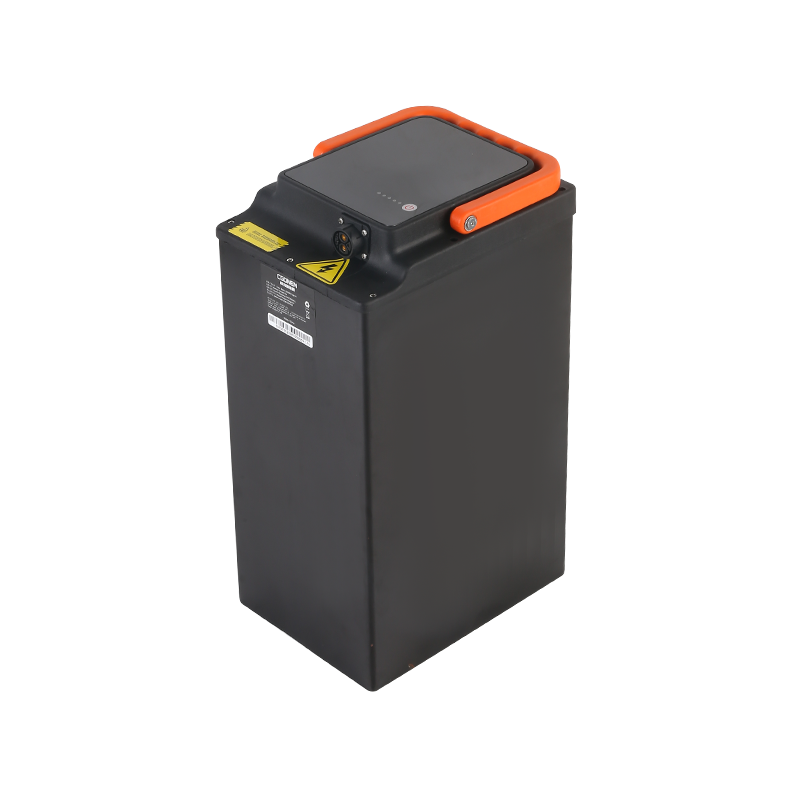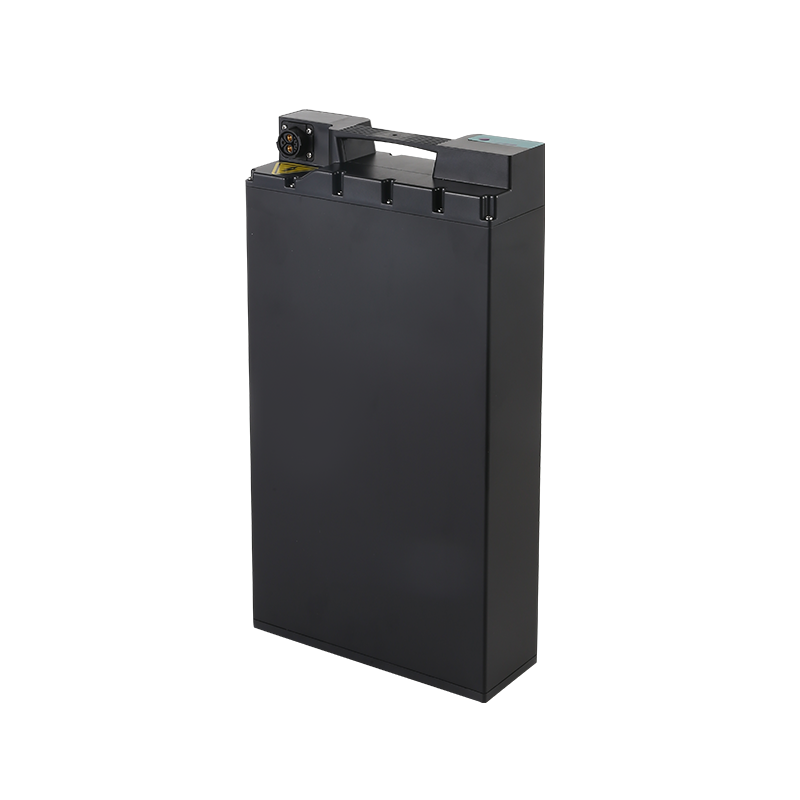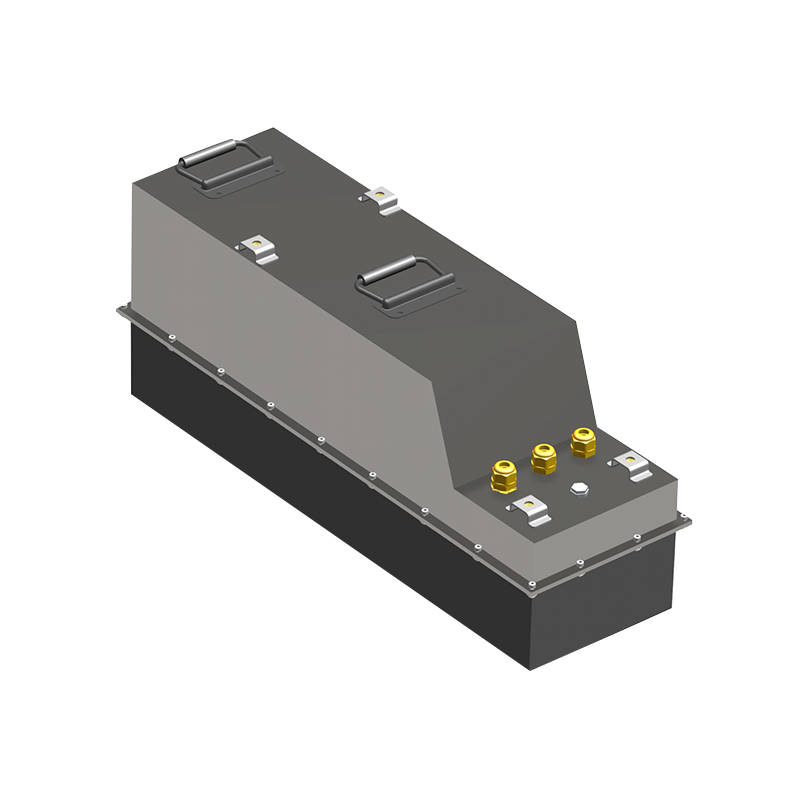Web Menu
Product Search
Exit Menu
The Evolution and Applications of Cylindrical Cell Modules
Sale Supply Cylindrical Cell Module in China Exporter Price
The cylindrical cell module, a fundamental component in various technological applications, has undergone significant evolution over the years. This article delves into the development, current state, and potential future of cylindrical cell modules, exploring their role in energy storage, electronics, and other innovative uses.
Cylindrical cell modules have their roots in the early days of battery technology. The first commercial cylindrical cells were developed in the mid-20th century, providing a compact and efficient means of energy storage. Over time, these modules have been refined to meet the growing demands of portable electronics, electric vehicles (EVs), and renewable energy systems.
Cylindrical cell modules are characterized by their round, tubular shape, which distinguishes them from other battery formats such as flat, pouch, or prismatic cells. The cylindrical design offers several advantages, including structural rigidity, ease of stacking, and efficient heat dissipation. The construction typically involves a metal casing that houses the anode, cathode, and electrolyte, with a separator to prevent direct contact between the anode and cathode.
One of the primary applications of cylindrical cell modules is in energy storage. They are widely used in consumer electronics, such as laptops and mobile phones, due to their high energy density and ability to deliver consistent power over time. In the realm of EVs, cylindrical cells are favored for their robustness and scalability, allowing for the customization of battery packs to fit various vehicle designs.
Safety is a critical aspect of cylindrical cell module design. Modern cells incorporate multiple safety features to prevent accidents such as thermal runaway, which can occur if the cell is subjected to bad temperatures or physical damage. These features may include venting mechanisms, thermal fuses, and advanced battery management systems that monitor and control the cell's operating conditions.
The environmental impact of cylindrical cell modules is a topic of growing concern. As the demand for energy storage solutions increases, so does the need for sustainable and responsible production and disposal methods. Efforts are being made to improve recycling processes and to develop materials that are less harmful to the environment.
In renewable energy systems, cylindrical cell modules serve as storage solutions for captured energy from sources like solar panels or wind turbines. They enable the efficient storage and utilization of renewable energy, ensuring a reliable power supply during periods of low production or grid instability.
The future of cylindrical cell modules is likely to be shaped by ongoing research and development aimed at improving energy density, lifespan, and safety. Innovations such as solid-state electrolytes, which promise higher energy storage capacity and improved safety, are on the horizon. Additionally, the integration of cylindrical cell modules with emerging technologies like IoT devices and smart grids is expected to open up new avenues for their application.
Cylindrical cell modules have proven to be a versatile and essential component in the field of energy storage and beyond. As technology continues to advance, these modules will play a crucial role in powering the devices and systems that drive modern life. With a focus on safety, efficiency, and sustainability, the future of cylindrical cell modules looks promising, offering the potential for even greater capabilities and applications.
-

+86-13049701086
-

Stonehuang@CGONEN.com
-

No.88, Huji Road, Taizhou Bay Binhai New Area, Jiaojiang District, Taizhou City, Zhejiang Province, China











